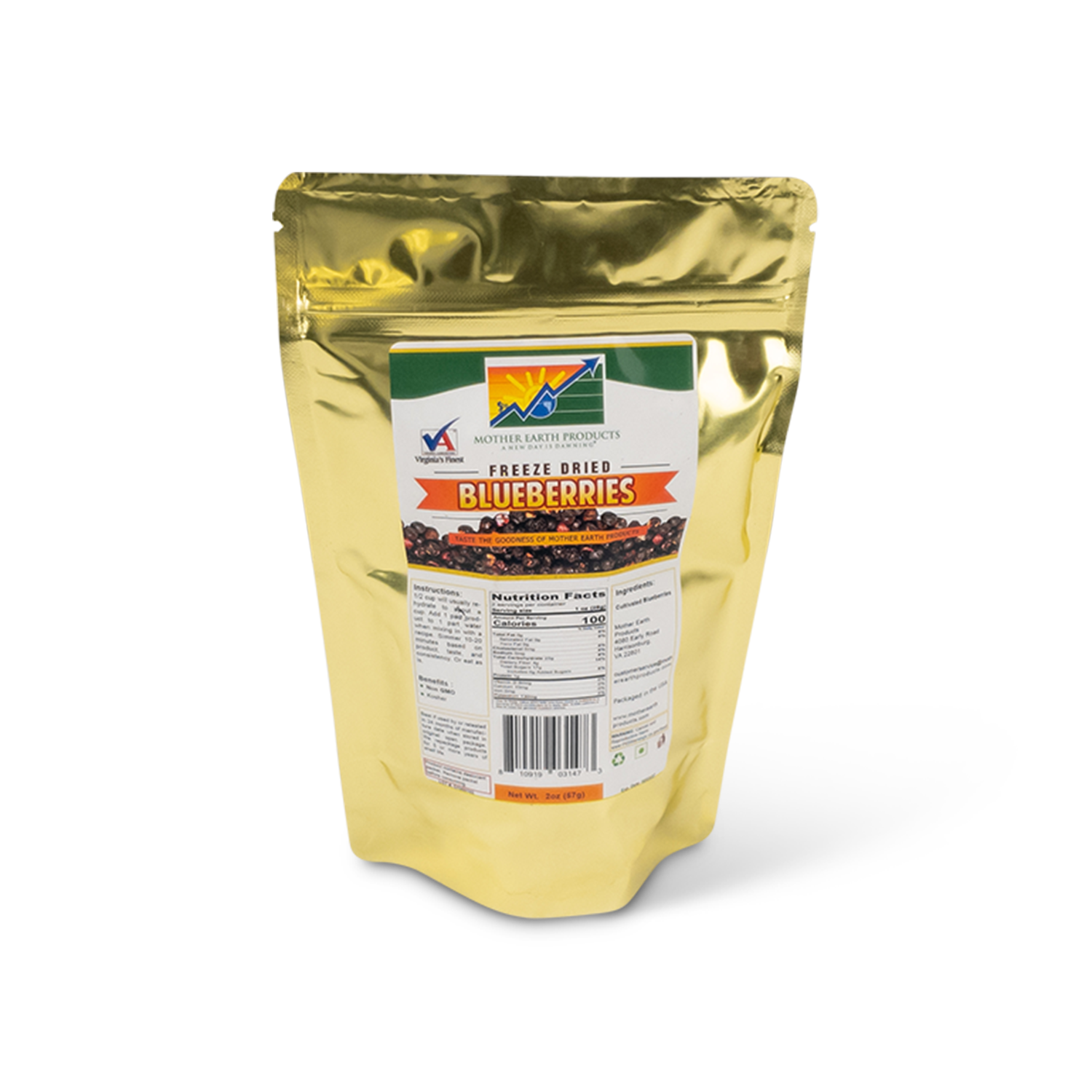
Why Goal Setting Matters for Wellness
Wellness goes far beyond just physical health—it’s the balance of emotional, spiritual, occupational, intellectual, and environmental wellbeing. When all of these dimensions align, you feel more energized, content, and capable of living your best life.
But creating balance doesn’t happen by accident. Goal setting gives you a roadmap to build healthy habits, break free from unhelpful routines, and make lasting changes. Whether you’re trying to lose weight, eat more fruits and vegetables, or simply feel more vibrant each day, a clear plan keeps you moving forward.
If you’ve ever struggled to set health and wellness goals—or to actually stick with them—this guide will walk you through proven strategies to help you succeed.
Start With the End in Mind
Before diving into the details, ask yourself: What do I really want to achieve?
-
Do you want to build strength and endurance?
-
Do you want to lose weight?
-
Or do you want more energy to enjoy time with family or tackle daily tasks with ease?
Visualizing the end result helps you set goals that are meaningful. For example, if your vision is to feel stronger and more energetic, your goal might be: “I will strength train three times a week to improve my energy levels.”
Clarity makes your goals more powerful and connected to your overall vision of wellness.
Set SMART Goals
The SMART framework transforms vague ideas into actionable steps.
-
Specific: Be precise. Instead of “I’ll eat healthier,” say, “I’ll add vegetables to half my plate at every meal.”
-
Measurable: Track progress. Replace “I’ll lose weight” with “I’ll lose 20 pounds in three months.”
-
Attainable: Keep goals realistic. Don’t plan to run 5 miles a day if you’re just starting. Begin with 1 mile and build gradually.
-
Relevant: Ensure goals fit your life right now. Cooking three healthy meals a week, for example, directly supports the long-term vision of eating better.
-
Time-Bound: Set deadlines. A realistic timeline—like safely losing 20 pounds over three months—adds motivation and accountability.
SMART goals make it easier to stay focused and measure success.
Plan Ahead for Obstacles
Every wellness journey has bumps in the road. Work, family, or unexpected challenges may throw off your schedule—but obstacles don’t have to end your progress.
-
Identify hurdles early. Lack of time, energy, or resources are common roadblocks.
-
Create backup plans. If you don’t have time for a gym session, fit in a brisk walk during lunch.
-
Shift your mindset. Instead of seeing challenges as failures, treat them as learning opportunities.
Flexibility is key. When one path is blocked, find another.
Stay Focused and Motivated
Distractions are everywhere, but focus keeps you moving toward your wellness vision.
Practical ways to stay on track:
-
Set alarms or reminders for workouts and meals.
-
Use visual cues, like posting your meal plan on the fridge or hanging a list of goals somewhere visible.
-
Keep an inspirational photo or quote where you’ll see it daily.
These small but powerful reminders strengthen your commitment and keep motivation alive.
Monitor Progress and Celebrate Wins
Tracking progress ensures accountability—and celebrating milestones makes the journey rewarding.
-
Check progress weekly or monthly. If your goal is to lose 30 pounds in three months, aim for ~10 pounds each month.
-
Reward achievements. Treat yourself when you hit milestones. (Think a massage, a new book, or new workout gear—not just food-based rewards.)
-
Turn goals into habits. Research suggests it takes about 60 days for habits to stick. Once a goal becomes routine, it no longer feels like work—it just becomes part of your life.
By monitoring, rewarding, and reinforcing, you build lasting habits that align with your wellness vision.
Conclusion: Create a Vision and Take Action
Health and wellness goals aren’t just about losing weight or exercising more—they’re about building a sustainable lifestyle that helps you thrive. By starting with your vision, using SMART goals, planning for obstacles, staying focused, and tracking your progress, you can create habits that last a lifetime.
The question is: what’s holding you back? With a clear plan and small daily actions, you can move closer to the healthier, happier version of yourself that you envision.



















